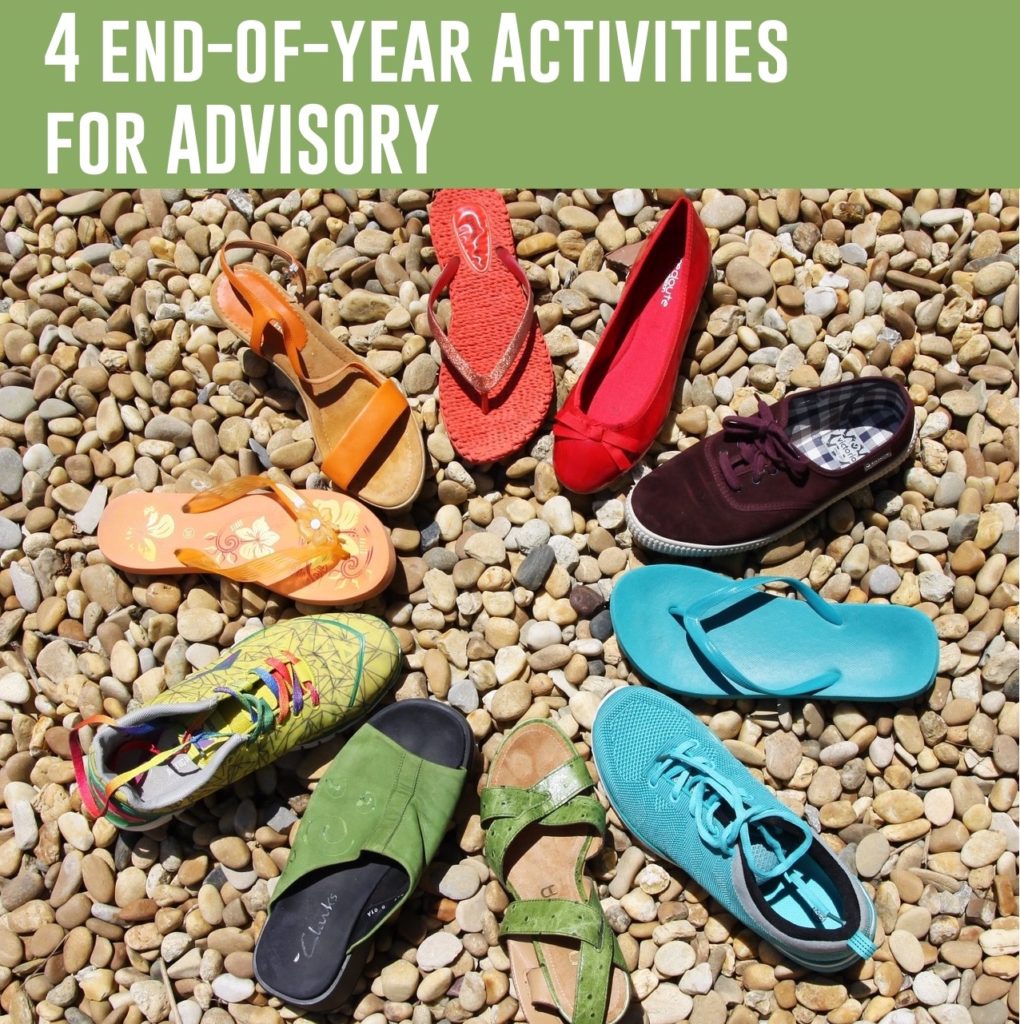Acknowledge, share, recognize
 The end of the school year is every bit as happy and joyous as it is chaotic and stressful. Make sure that you slow down the hands on the clock to bring closure to your advisory. Acknowledge the successes and challenges of the year. Share the positive things you’ve all learned about each other, and recognize individual students and their stories.
The end of the school year is every bit as happy and joyous as it is chaotic and stressful. Make sure that you slow down the hands on the clock to bring closure to your advisory. Acknowledge the successes and challenges of the year. Share the positive things you’ve all learned about each other, and recognize individual students and their stories.
Let’s see how it works in action.
Why advisory?
If you’re implementing advisory well, you’re placing great importance on developing relationships within the group. You and your students have worked hard on your circles of power and respect. Your advisory has become a place where students know they can go to get support, to be recognized as complicated individuals facing important issues in-school and out. And as a group, you and your students have built your advisory into a strong, close-knit community.
When any community disbands, it’s important to do so with care. It’s important to create a culmination to your work.
1. Host an “Acknowledgement Buffet”
This activity, described in detail here by Developmental Designs, asks students to give specific words of acknowledgement to each student in the advisory. Customize the activity by providing prompts in advance, all of them positive.
- “I appreciate the way you.”
- “I like how you…”
- “Thank you for…”
2. Guess the Student
In the same vein as Twenty Questions, the teacher thinks of a student in the advisory and keeps it private. Students then ask yes or no questions trying to determine the student’s identity. Keeping the teacher as facilitator, he or she can ensure that statements are always positive and complimentary. Students ask questions like, “Does she play a sport?” and “Does she like to read?” and “Does he have a large family?”
Watch as Mrs. Rice in her sixth grade advisory at Manchester Elementary-Middle School skillfully conducts this activity.

3. Story Share
Reflect on the year and build storytelling skills at the same time!
Simply put: assign students to tell a story about a favorite memory from this year in advisory. You could choose to make this a written piece, or have them record a quick audio memory. Students could have the option to go even deeper and prepare a screencast to share with the group, showing a selection of photos or pictures relating to work that’s been done in advisory. Schedule a day for individuals to share and tell their stories, invite any relevant guests, and give them time to spin their tale. Read this blog for more details about a Story Share.
4. Create a digital scrapbook for students to take with them
You can create one collaboratively:
Collect all the stories and reflections your students share about advisory in any of the above three activities, and archive them digitally, either online or as a small app students can carry on their devices. This can take the form of a private Google Site, Flipboard, or even a shared Photos album shareable via Apple’s Cloud services.
Or if you’re feeling ambitious:
Take your own plus one or two other students’ acknowledgements or Story Share and create a small digital remembrance for each student to move on with. (Yeah, we said it was ambitious.)
But either one can provide students with a powerful reminder that they are a valued and welcome member of your school’s society.
The end result is that students feel recognized and known as members of the community.
No matter the activity you choose, be sure to pause and place closure on the advisory community you’ve developed. As students move into summer and transition into other classes and schools, it’s that very sense of belonging that will help them feel secure and confident.
How do you close out your advisory?


